One of the most beautiful eclecticistic treasures of Thessaloniki
A walk on Queen Olgas Avenue offers the chance to visit several cultural and historical centers along with some important art Galleries.
Most of them are housed in unique old buildings that still survive and make this city even more beautiful. Villa Bianca (Casa Bianca), the building that houses the Municipal Art Gallery is one of them.
Vila Bianca, also known as Casa Bianca was the creation of the famous Italian artist Piedro Arrigoni. Its construction started in 1911 and was completed in 1913 by Ntemprelis Tzortzis Siagas after the city’s liberation by the Greek Army.
Dino Fernandez Diaz was the son of David Fernandez and a well-known factory owner. He was an Italian citizen and an outstanding member of the Jewish community of Thessaloniki. The house took its name from his wife’s Blanche (Bianca) Meyer.
As a prominent entrepreneur he owned a share from the historic “Olympos” brewery that was later merged with “Naoussa” brewery before being acquired by Fix.
Vila Bianca is one of the finest examples of eclecticistic architecture in Thessaloniki. The house incorporates several elements from many different styles while stands for its beautiful balconies and open spaces.
Baroque, Art Nouveau and Renaissance influences can be easily distinguished while the lack of symmetry in the front side of the building adds an eye catching feature. The virtues of Eclecticism at its best…
A wonderful historic mansion that hides a tragic story…

The fate of the Fernandez family is just one of the many stories these historic old mansions have to share. The photo shows the children of the family
Like many other historic houses Vila Bianca also has a story to tell about the people that used to live in that beautiful mansion! Any reference to this eclecticistic masterpiece is related to the fate of the Fernandez family.
The name of the family became wider known when Dino’s Fernandez daughter, Aline, had a controversial relationship with Spyros Alibertis, captain of the 7th battalion of the Greek Army.
Their relationship shocked the city’s conservative society as a marriage between them would require Aline to be baptized, something that her family was not accepting.
Extensive articles and reports to the press at that time were referred to this relationship as a social scandal since Aline was Jewish and Spyros Alibertis a Christian.
Against all odds and despite the hostile social environment they secretly fled to Athens and got married in 1914. They later returned to Thessaloniki only after the situation had calmed down.
In 1934 Blanche died in Paris. In 1941 during the Second World War the building was commandeered by the Italians and a part of it was used as the residence of the Italian Ambassador in Thessaloniki.
When the Germans invaded Greece they took control of the entire house.
Dino Fernandez, members of his family and other Jewish families tried to escape in Italy. Unfortunately, near the village of Meira, next to Magiore Lake they were arrested by German SS troops and were executed.
Spyros A. and Aline continued to live in Vila Bianca until 1965. They passed away shortly after one another.
In 1976 the building was deemed as an architectural landmark while during the previous years there were many attempts that aimed at its demolition.
Finally, in 1990 after efforts and actions that lasted for years Casa Bianca was obtained by the state and the Municipality of Thessaloniki.
Remarkable reconstruction and restoration efforts took place by the local authorities in order for the building to be properly preserved.
Today it houses the Municipal Gallery of Thessaloniki after its relocation from Vila Mordoch.
History of the Foundation and Operation of the Municipal Art Gallery of Thessaloniki
Inside the Municipal Art Gallery you’ll have the chance to see several important collections of Byzantine icons, engravings and other works of art.
The Gallery organizes and hosts many interesting permanent and temporary exhibitions and galleries of both Greek and foreign artists in collaboration with well-known art foundations and museums.
History of the foundation
1966: Founded as a department of the Municipal Library and under its jurisdiction, the Municipal Art Gallery was allotted two rooms in the YMCA building. Its initial collection was selected from the most important of the works of art belonging to the Municipality, which were either gifts or purchases made chiefly in the 1950’ s.
1974: The Municipal Art Gallery was granted the status in the Municipal Organization under a joint Directorate administering the Library, the Art Gallery and the Philharmonic, and a Curator was appointed.
1977-80: A collection of Greek engravings was assembled and exhibited in various local venues, including the Polytechnic School of the Aristotle University of Thessaloniki, the French Institute, the Railway Station, the Chamber of Commerce, as well as in the neighboring municipalities of Kalamaria, Sykies and Ambelokipi.
1978: This year saw the initial organization of the Archives of the Gallery; however, damage resulting from the severe earthquake of that year forced it to close down. 1982: The Gallery was reopened in its original premises
1985: The collection was enriched by purchase of a large number of paintings by artists from Thessaloniki. This both established a basic collection and determined its nature, favoring the creations of artists – of all tendencies – from Thessaloniki and all over Northern Greece; it covered the work of three generations of artists.
1986: The Gallery was rehoused in the newly renovated Villa Mordoch (owned by the Municipality) at the corner of Queen Olga and 25th of March Streets, where it occupied (principally) the second floor (…).

A visit to the municipal gallery will please every art lover. A wonderful opportunity to discover these beautiful old houses and their treasures
Collection of Thessalonian Artists
The works of the Thessalonian artists constitutes, from the point of view of both quantity and quality, the most important collection in the Municipal Art Gallery. When it was officially founded in 1966, there was already a small nucleus of works, which they grew over the years, often unsystematically.
The collection of the Gallery includes three generations of artists, who from the beginning of the century until 1967, contributed to the formulation of the local fine arts world, through their multi – dimensional works (…).
The Icon Collection
The collection of the Byzantine and post – Byzantine icons belonging to Thessaloniki’s Municipal Art Gallery goes some way towards filling an enormous gap in the city with the respect to the icons produced by the Thessalonian workshops, both in the Byzantine period and in the Turkish period which followed and essentially continued it.
The Art Gallery’s icons reflect the course of Byzantine painting from the early fourteenth century, a brilliant era in Byzantine art, to the nineteenth century, with its wide variety of artistic trends.
In 1987, the Municipal Revenue Board, on behalf of the Department of Cemeteries, division 2 “Evangelistria”, gave to the Municipal Art Gallery sixty-three icons, which now form part of the Gallery’s collection, to be stored, inventoried, studied and incorporated into its collection. A year later, under the supervision of the Ninth Ephorate of Byzantine Antiquities, started the restoration of the icons, at the Municipality’s expense. Dr. A. Tourta, archaeologist in the Ephorate, has conducted a scientific appraisal of the material and compiled the catalogue of the collection.
Collection of Engravings
Already familiar to the Greek people from religious publications, illustrated newspapers and magazines, and the popular prints of the 19th century, engraving was established as an art in its own right in the early years of this century, mainly by the work of two of its outstanding practitioners, Dimitris Galanis and Yannis Kefallinos (…).
The Municipal Art Gallery’s collection of engravings covers the development of this art form over a period of sixty years, giving the viewer a satisfactory picture of its evolution…
Representative Collection of Works Illustrating the evolution of Modern Greek Art This interesting but limited collection includes works by: G. Iakovidis, E. Thomopoulos, S. Papaloukas, G. Steris, N. Engonopouios, G. Bouzianis, S. Vasiliou, A. Asteriadis, V. Tsouchlos, G. Vakalo, T. Marthas, G. Spyropoulos, N. Hatzikyriakos-Ghikas, M. Tombros, K. Messare, D. Yannoukakis, Th. Diplarakou, N. Antonakatou, D. Bouki, V Skiada, F. Spyratou-Floka, G. Vakirtzis, A. Pappa, N. Santorinaios, M. Bostanzoglou, Th. Minopoulos, G. Sikeliotis, A. Geralis, A. Vasilikiotis, S. Karavouzis, G. Parmakelis, R. Whitlock and A. Yannoutsos.
- The Municipal Art Gallery is a wonderful destination that will satisfy every art lover and will make your day even more beautiful.
- Don’t miss the chance to also visit as many eclectic mansions as you can. You’ll easily find them all along Vasilissi Olgas avenue.

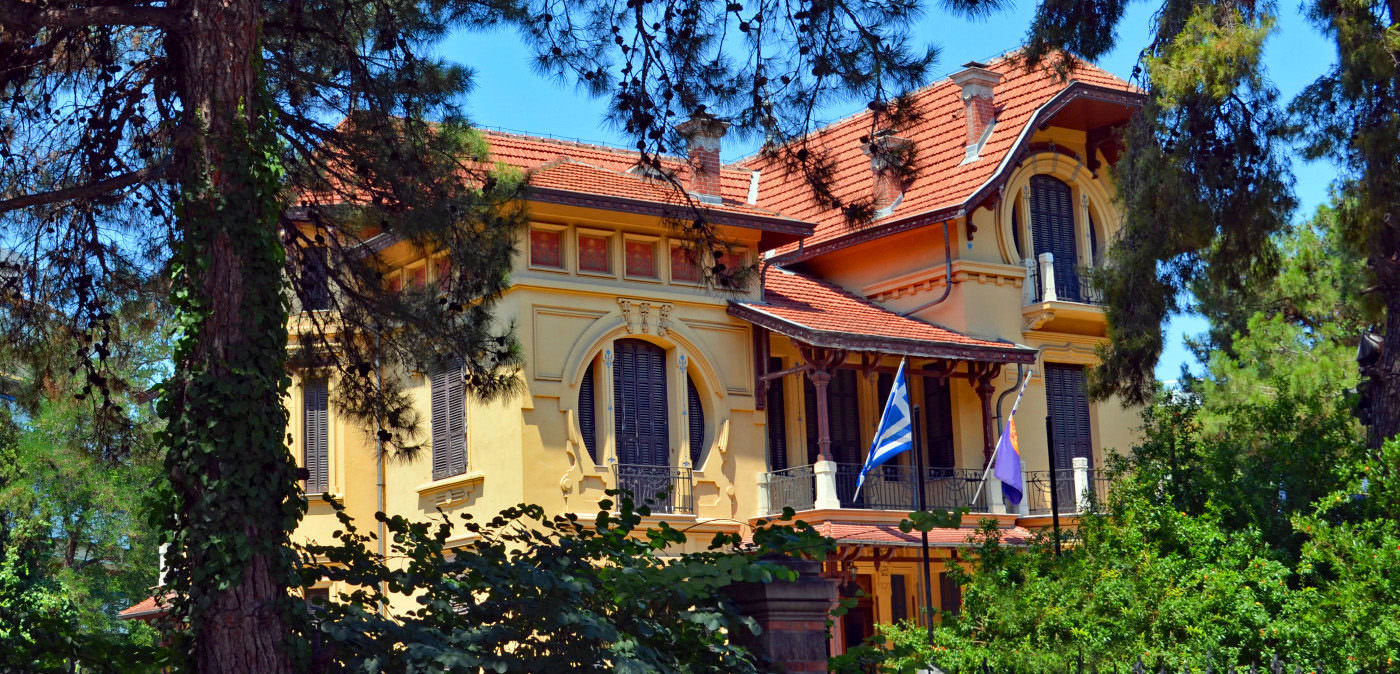

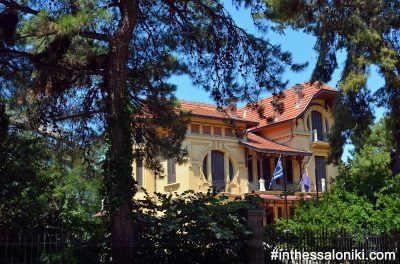
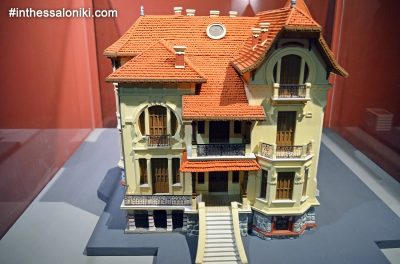
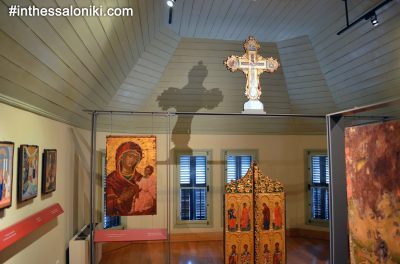
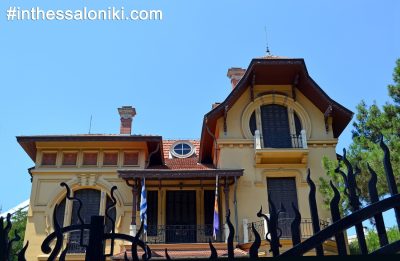
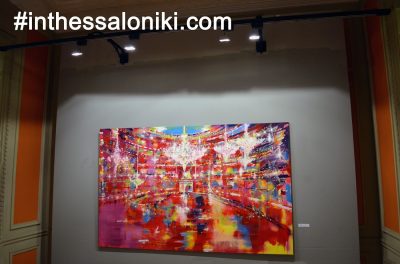
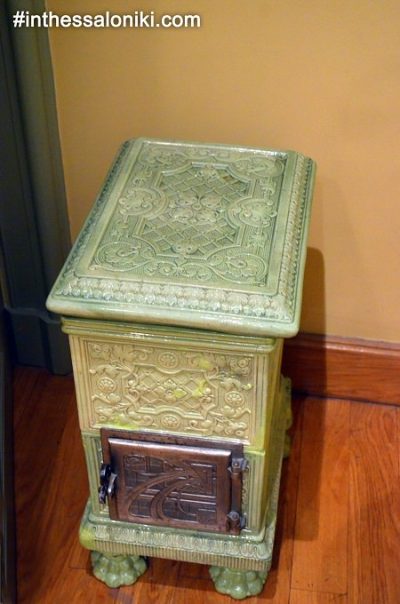
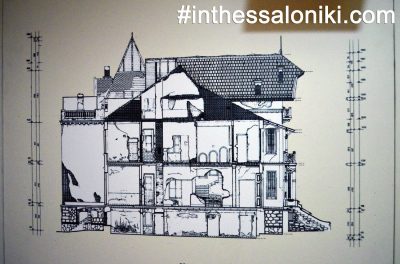
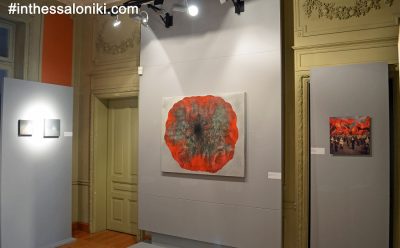
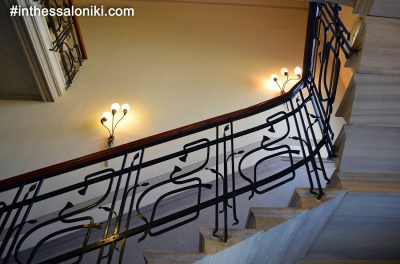




















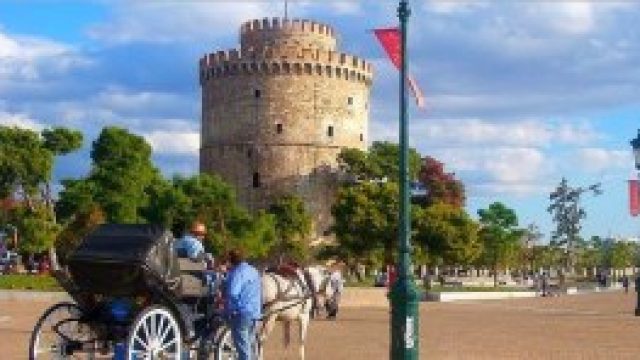
Leave a Reply